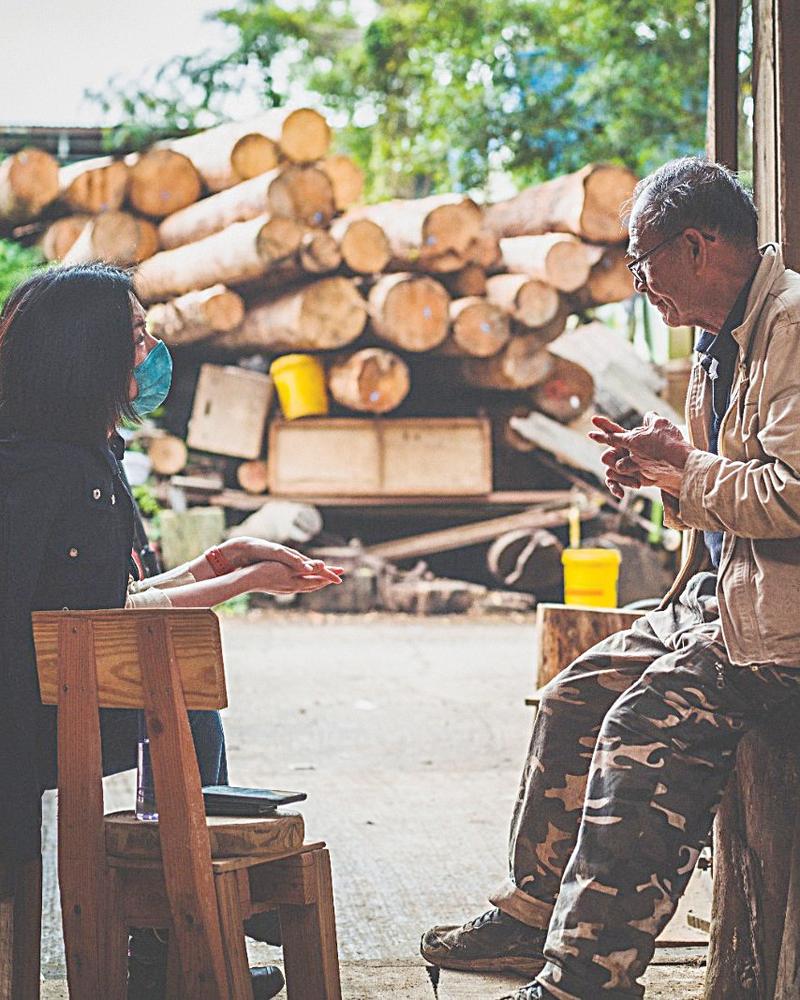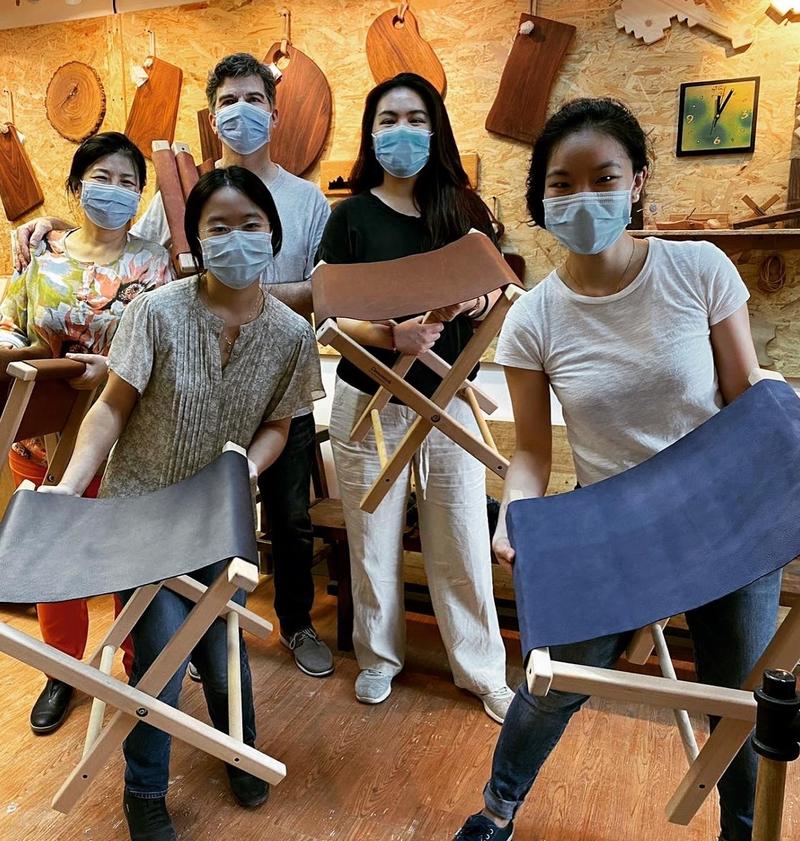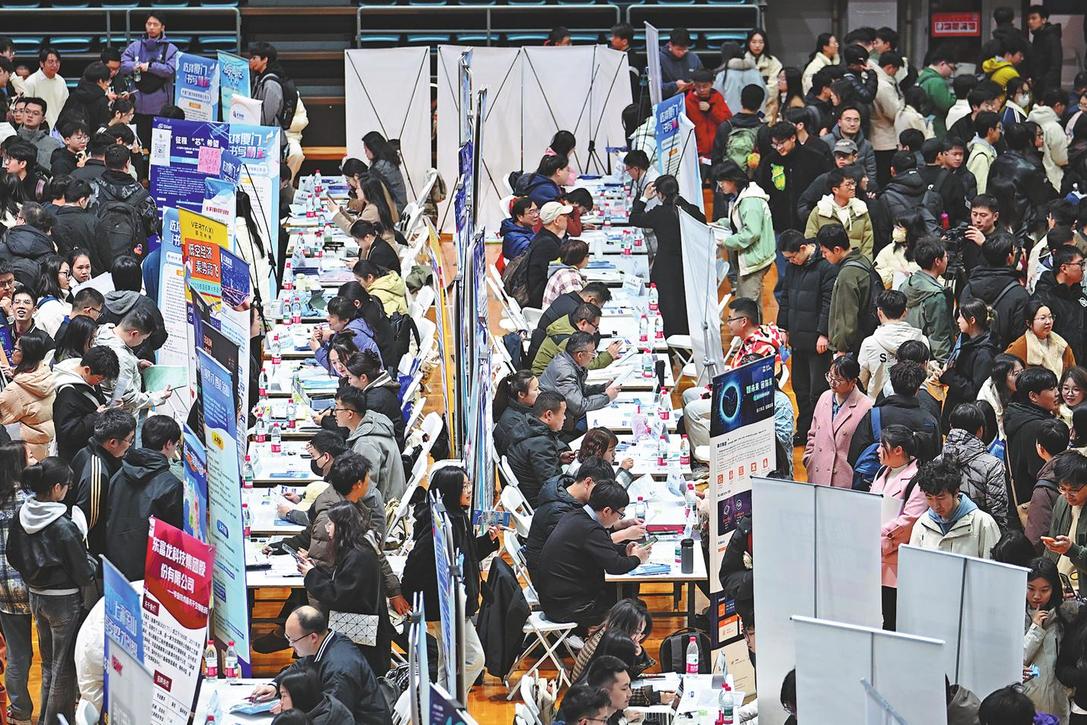The fine art of chiseling timber
Woodworking was a dying industry in Hong Kong until shifting sensibilities and a particularly fierce typhoon prompted a revival. Faye Bradley uncovers what matters most to today's woodwork aficionados.



Despite the plethora of choices in the market, the "made in Hong Kong" tag has a special appeal for buyers. Many are willing to pay higher prices for such exemplars, says Wu. Hong Kong designers tend to combine modern and traditional Chinese styles, while Wu herself uses modern technologies such as laser cutting and 3D printing. Venues like the MakerHive in Kennedy Town - a coworking space for designers - provide facilities that include woodworking tools. "Craftsmanship is (part of the) intangible heritage embedded into Hong Kong's social networks and deeply rooted in its communities," Luk notes. "It's important for us to revitalize craftsmanship so that future generations can continue to celebrate our cultural heritage."
Recent woodworking workshops, geared toward a growing community of aficionados, have covered techniques ranging from mortise and tenon to lacquering to carving. HKIC offers a free, one-year Diploma in Construction (Joinery) (face-to-face training is temporarily suspended because of the fifth wave). The Drewswork Workshop in Fo Tan, founded by a master carpenter from Germany, until recently hosted a beginner's class that was typically full, despite taking place on weekdays. Since the latest COVID-19 surge in Hong Kong, the establishment offers only private workshops for members of the same family or one-on-one classes.























